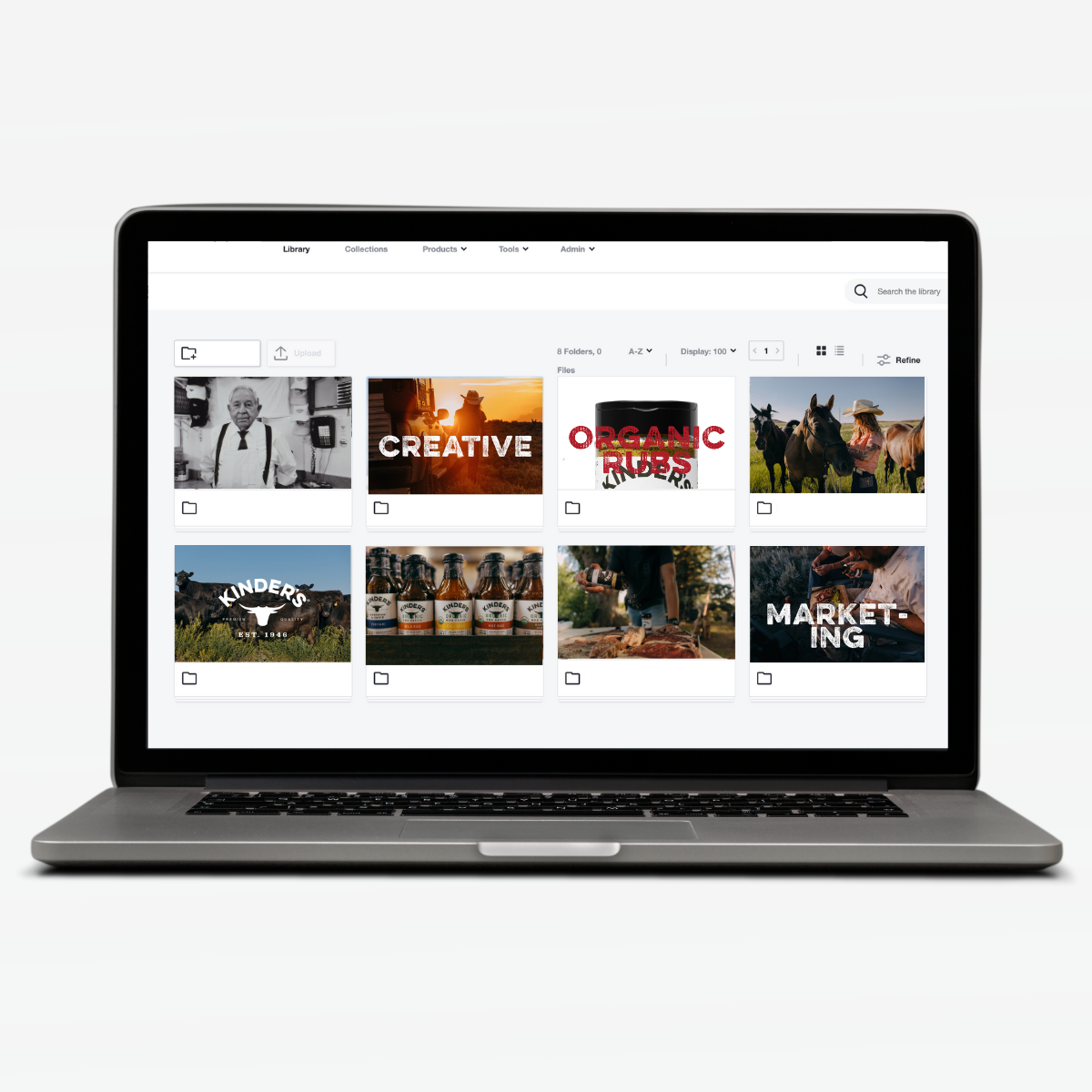What Are the Pros and Cons of Digital Asset Management?


If you Google “how to manage content?” you’ll find millions of suggestions (and what feels like the same number of ads). One way to manage, and the way we think is best, is using a digital asset management (DAM) tool, like Image Relay. We think digital asset management works best for most teams, but it might not be for everyone, so here are the pros and cons of DAM.
What are the PROS of digital asset management?
DAM gives you back time
Giving you back time may be the greatest benefit of digital asset management. Instead of spending endless hours searching for files or trying to wrangle content across different platforms, having everything in one, easily searchable place means you can find the content you need when you need it. Some estimates are that people spend up to 19% of their time searching for files. That’s a whole day per week. A whole day where you are trying to find something and not doing the work you like to do (or maybe not staying so late at the office!). Beyond searching there is the time asking for and managing fulfillment requests, bugging colleagues, or having to recreate a piece of content you think might be lost. It’s a lot of time wasted. And this time suck isn’t just measured in minutes on a clock. It impacts your work life, adding stress, anxiety, and embarrassment to jobs that are already stressful.
DAM provides brand consistency
With files and important brand assets scattered around, your team may take it upon themselves to self-organize brand content. That means that they use the content they want to use instead of the content that you, as someone managing the brand, would like them to use. With digital asset management you give your team access to the same, approved content and can provide information and restrictions on how it can be used. The same content, used in the right way, every time. This helps prevent old logos or outdated files getting out into the wild and ensures that your customers have that consistent, delightful experience that you want to provide every time.
DAM allows you to use and re-use content
Using a piece of content once is good. Being able to re-use it is really good. Digital asset management makes that easy. With a central location and tools to provide easy distribution, you can get more use, and therefore more value, out of your content. Spending tens of thousands of dollars (or perhaps much more) to create pieces of content to only use them once is a bad idea. Digital asset management allows your team to use that valuable content to its fullest potential.
DAM gives your team anytime, controlled access
Your team shouldn’t need to go to a special physical location to touch your organization’s brand content. With digital asset management, your team can access the content they need at any time and from any location. This is important with increasingly global operations. DAM also provides the ability to control who has access to what so that the right people can use only the right material. DAM can help end the last minute questions, like “is it OK to use this?” and your team can be more empowered and effective.
DAM gives you context
Storing content is not enough. Your team needs to be able to search for and easily find the right content and also understand how that content can be used. This is all about context, and for digital asset management, this means metadata. Metadata is the information about your content. It’s the descriptions, tags, usage rights, and other information that let people on your team find, understand, and appropriately use your content. Without metadata to facilitate this discovery, and without a system that can be used for understanding and managing this metadata, your content might as well be tossed in a filing cabinet without a label.
DAM can scale
CDs don’t scale. DVDs don’t scale. Thumb drives don’t scale. Hard drives don’t scale. Internal servers don’t scale, well, not without the help of an experienced IT team. The easiest way to scale asset storage is with a cloud system, and preferably one you don’t have to manage by yourself. Whether it is 10GB or 100TB, a cloud digital asset management system can scale quickly to store all of your content as your needs develop over years.
What are the CONS of digital asset management?
It can be expensive
Digital asset management means another tool, and with that additional costs. Depending on the option you choose and the complexity of your needs, a digital asset management system can range from about $1000 per year to potentially as high as a million dollars each year (or more when you include specialist labor and consultant fees). Most systems run about $10,000 - $100,000 per year. So yes, digital asset management is expensive. But it is likely not nearly as expensive as the alternative. The time wasted searching for files, recreating files you can’t find, doing lengthy fulfillment requests, and outright losing files you spent a lot of money to create, can cost much much more. Spending $50,000 on a DAM system may save you $500,000 or more every year by getting rid of this waste. Please check out our ROI calculator to learn how much you could save with digital asset management.
It can be hard to get everyone using it
If no one uses the software, it doesn’t really matter what amazing things the software can do. This is especially true with digital asset management. You get the value of digital asset management when everyone on your team uses it. Providing access to the same approved content and making it easy to use and re-use that content only works well if people use the same system. Unfortunately, not every digital asset management tool is built to make it easy for everyone to use. Some are overly complicated (see the next concern) and drive people to use their own solutions instead of the one the company recommends and hopes they use. To help make sure you and your entire team can get the most out of an investment in digital asset management, you need a solution that is easy to use and a company that provides the right service and education to help your team use the system for the long haul.
It can be complicated
Some software is easy to use right from the start. Other software needs lots of customization to make it even remotely usable. Depending on your needs and the resources you have available, an out of the box, easy to use system may be right for you, or you may need a system built to your exact specifications. Neither is wrong, but one type is a lot more complicated. And digital asset management can get really really complicated with various custom workflows, integrations, and special metadata management functions. Companies and consultants love to sell all the bells and whistles they can so that the bill keeps going up. Not every organization can get value from advanced features. When you are considering a digital asset management vendor, that is something to keep in mind: how much do you truly need? Here’s our guide for other things to consider when shopping for a DAM system.
This list is by no means exhaustive and there are many other good reasons for using digital asset management as well as some reasons that it may not be the right fit for everyone. If you’re interested in learning more about what digital asset management can mean for your team, we’d love to talk.
Photo by Markus Winkler on Unsplash.



